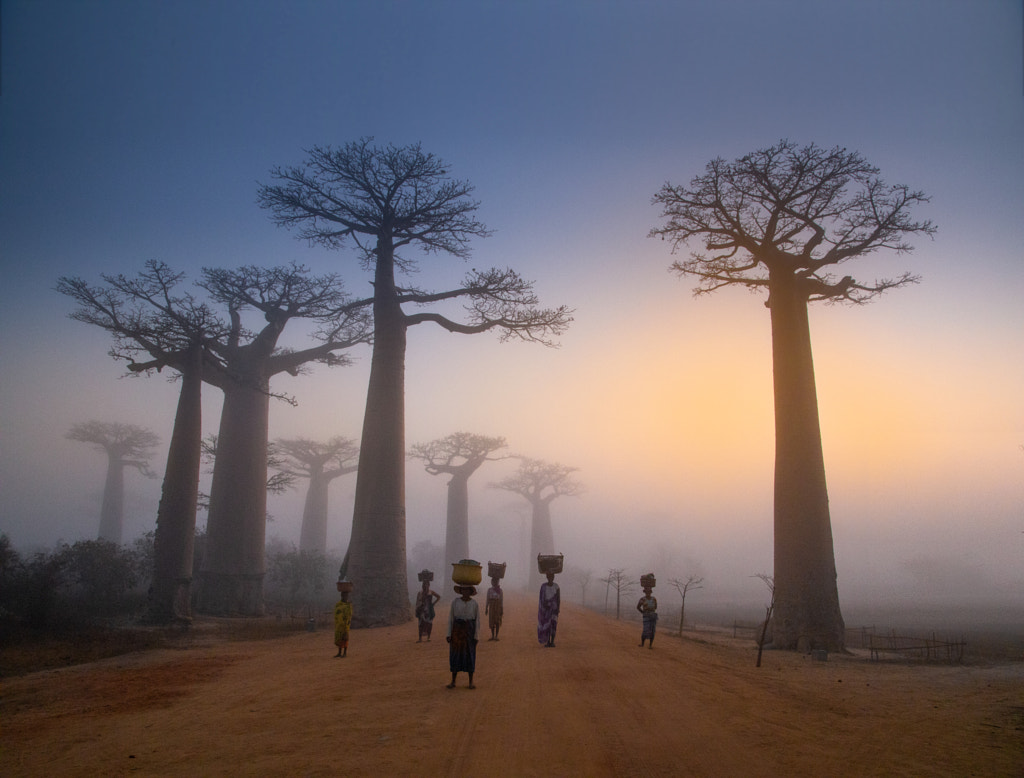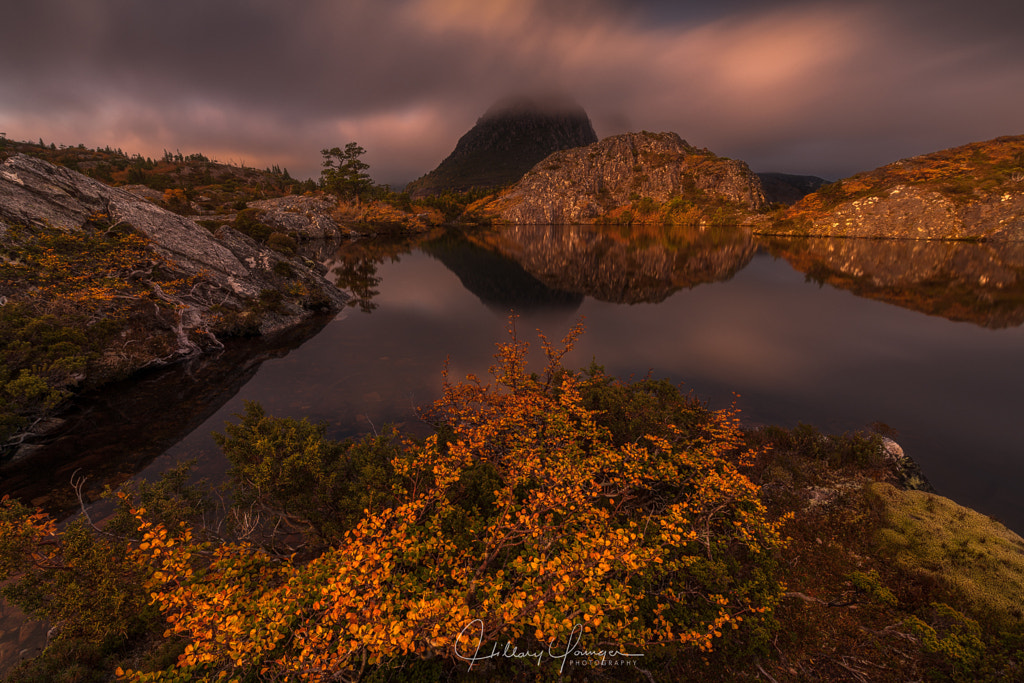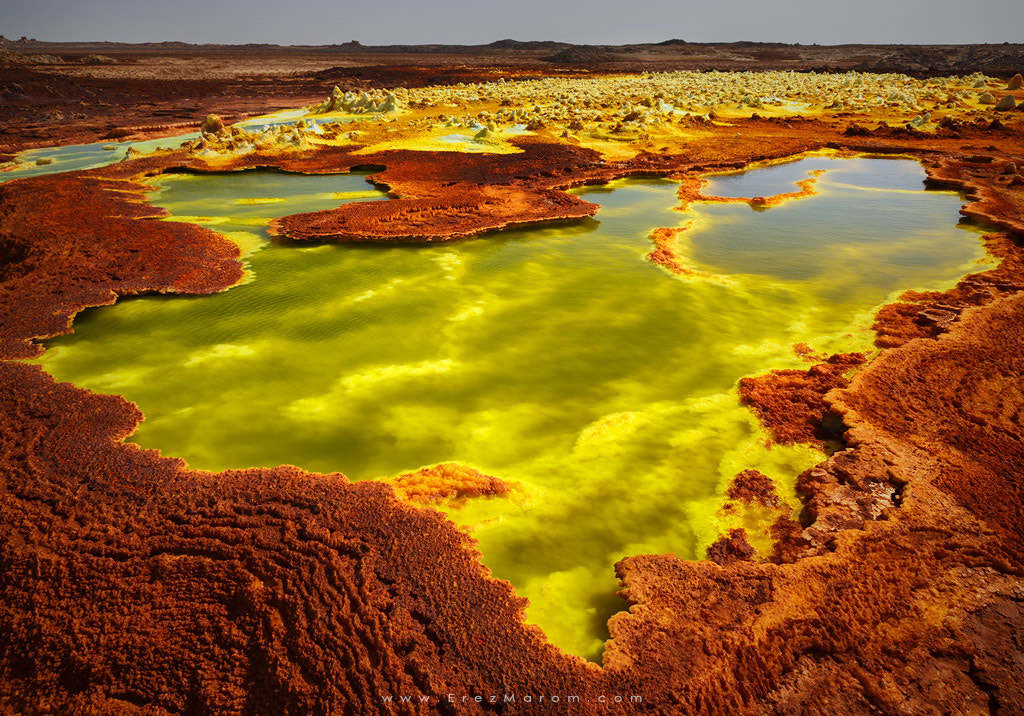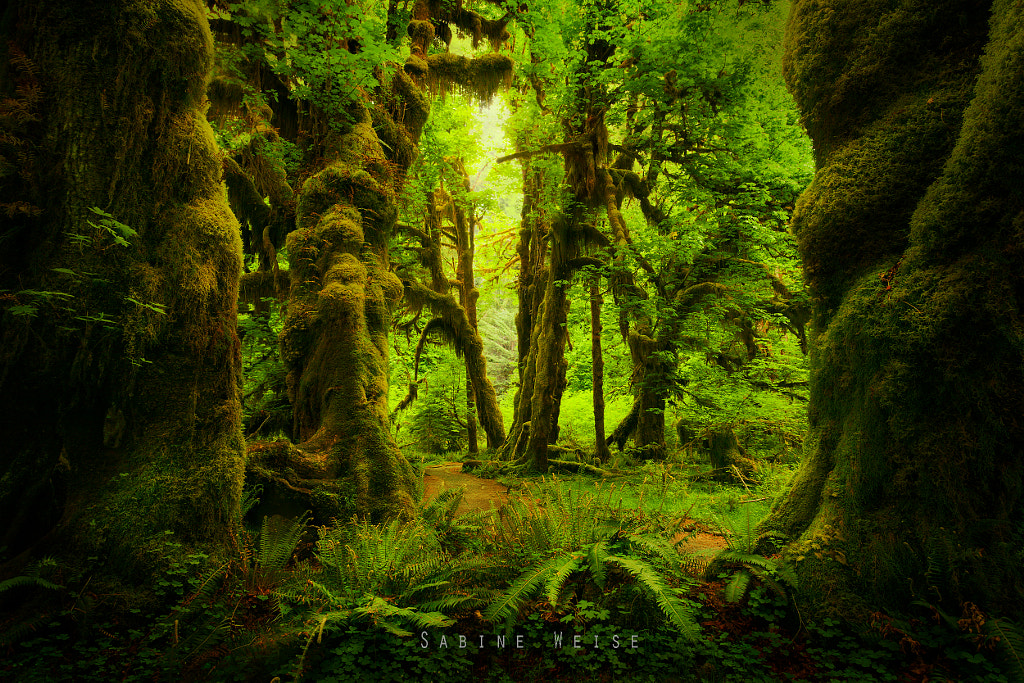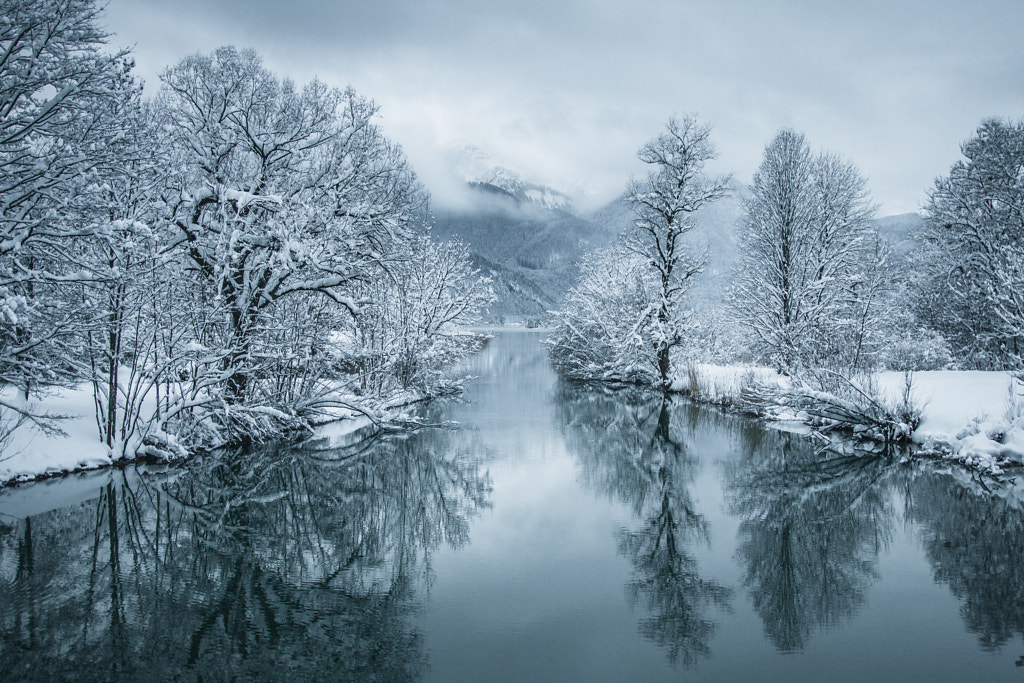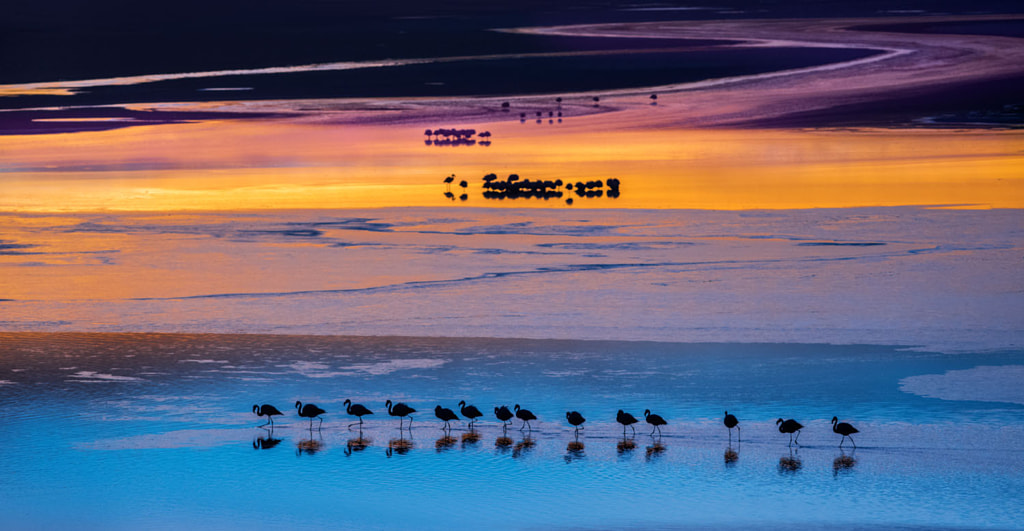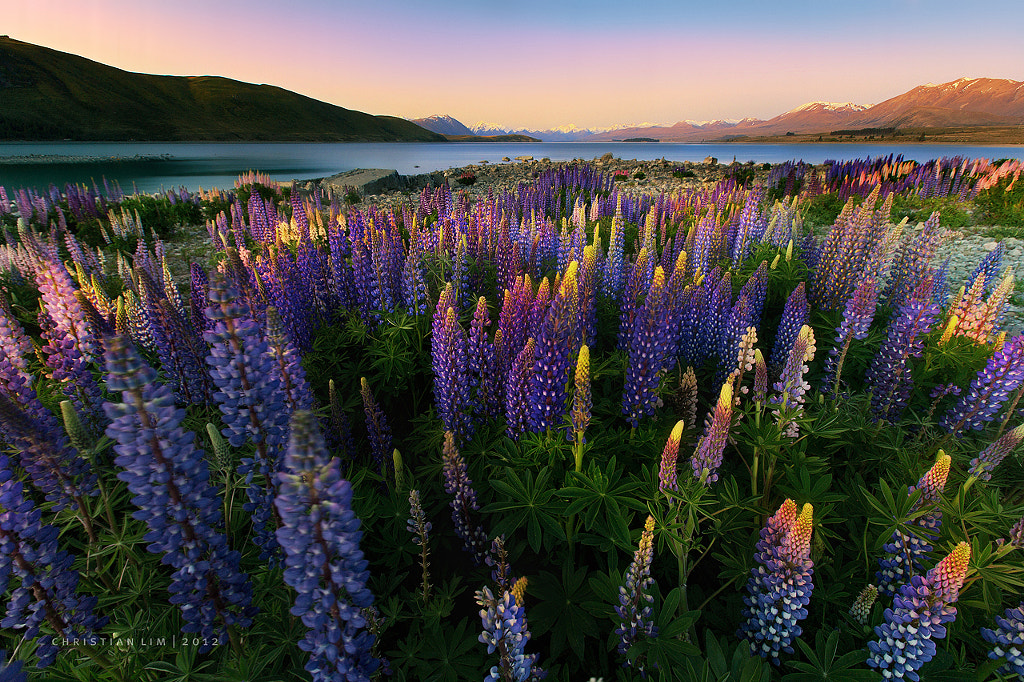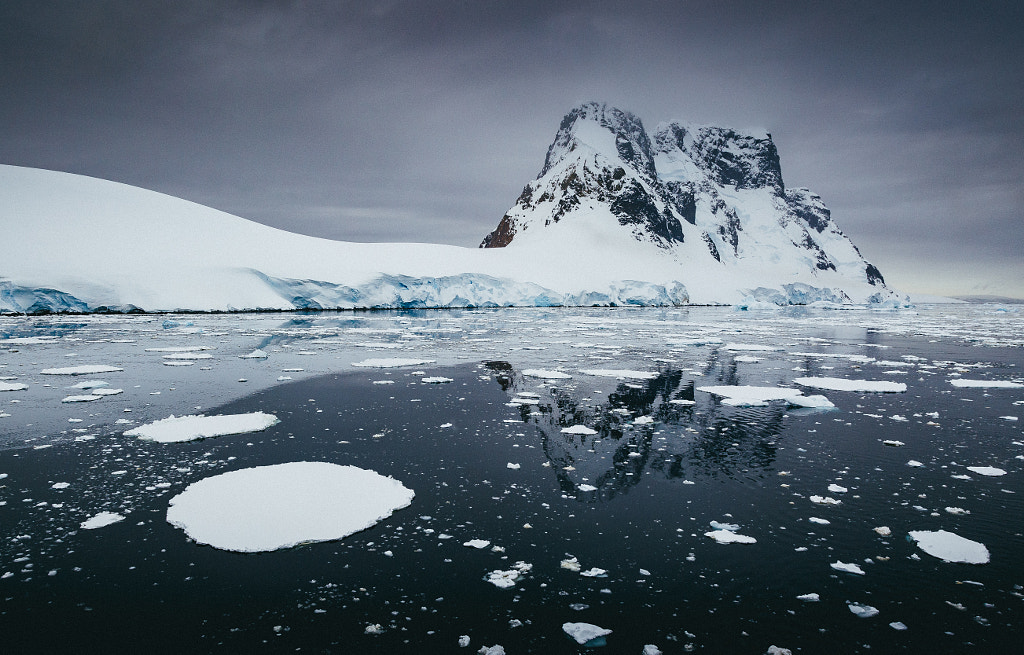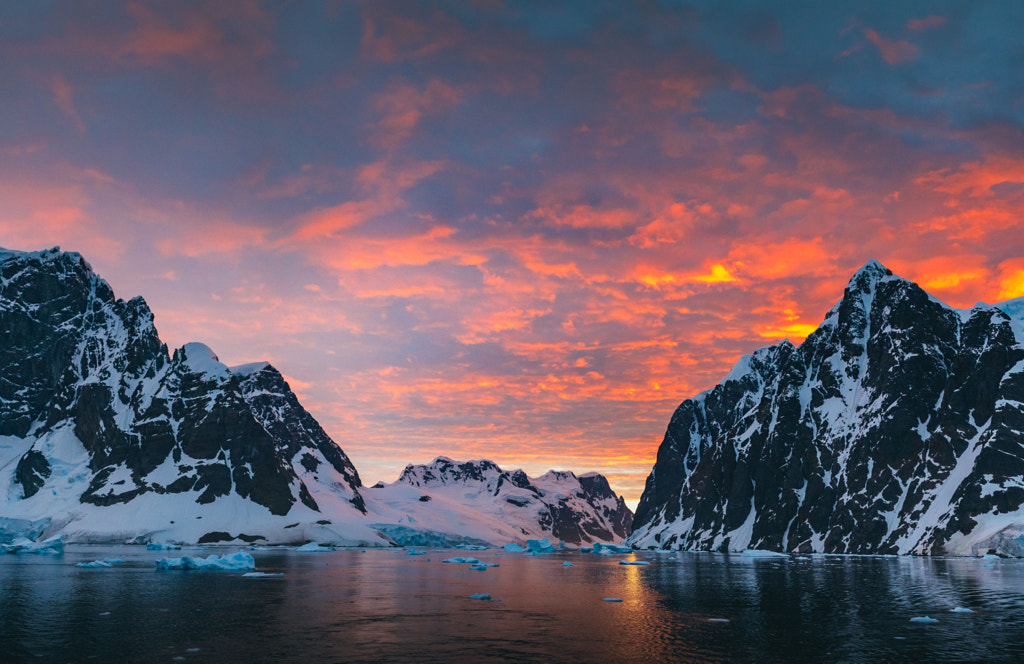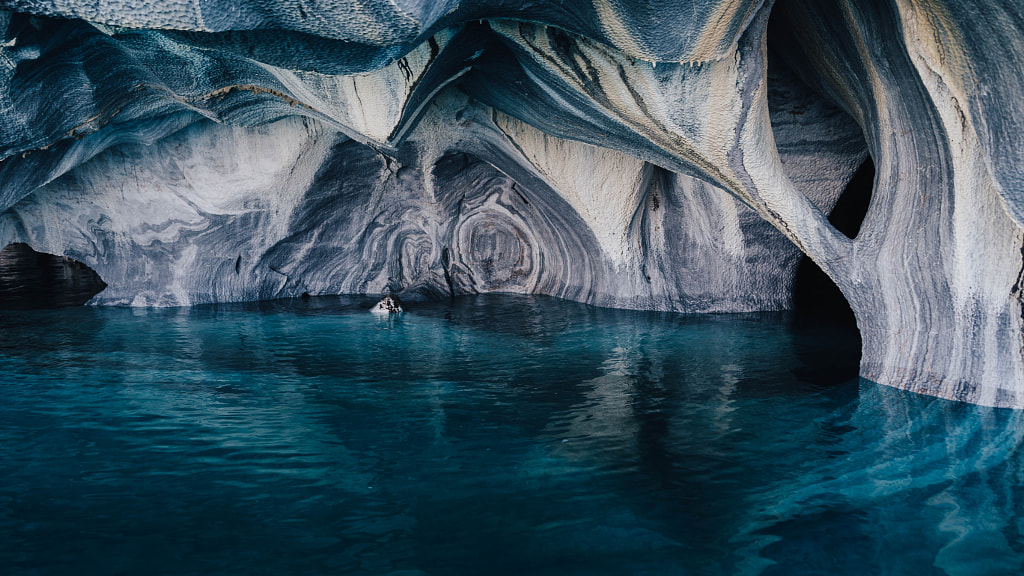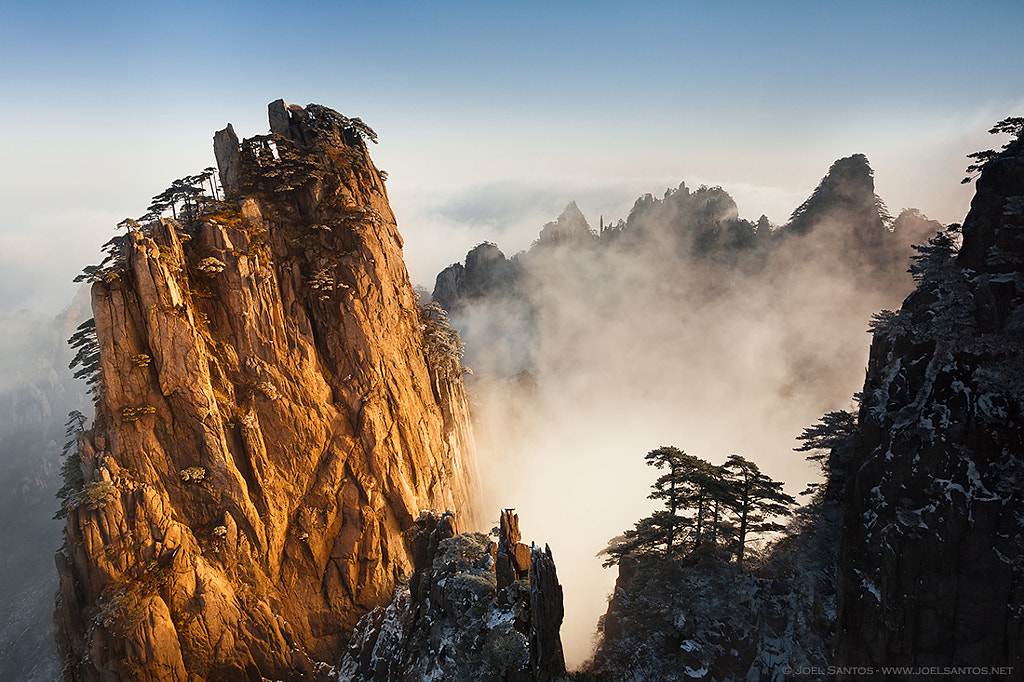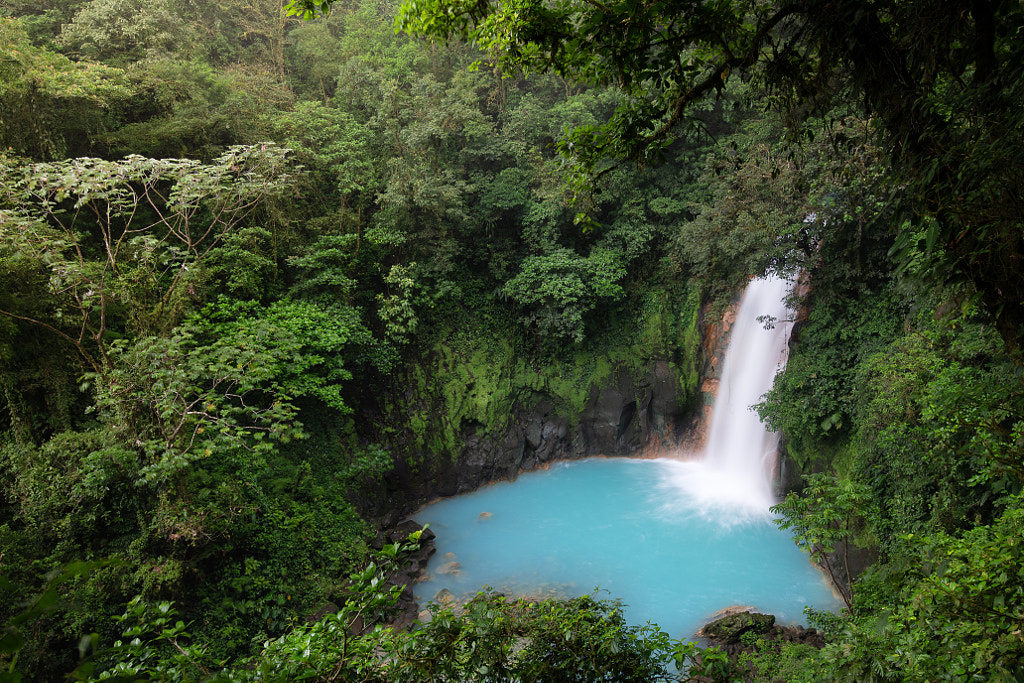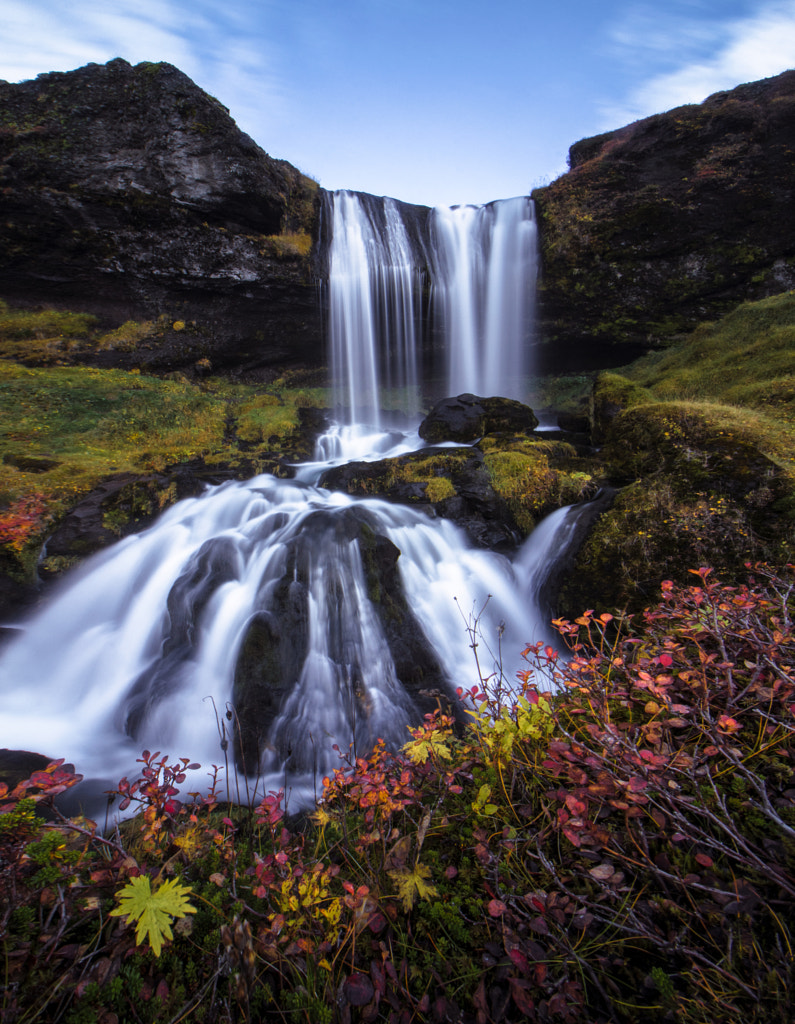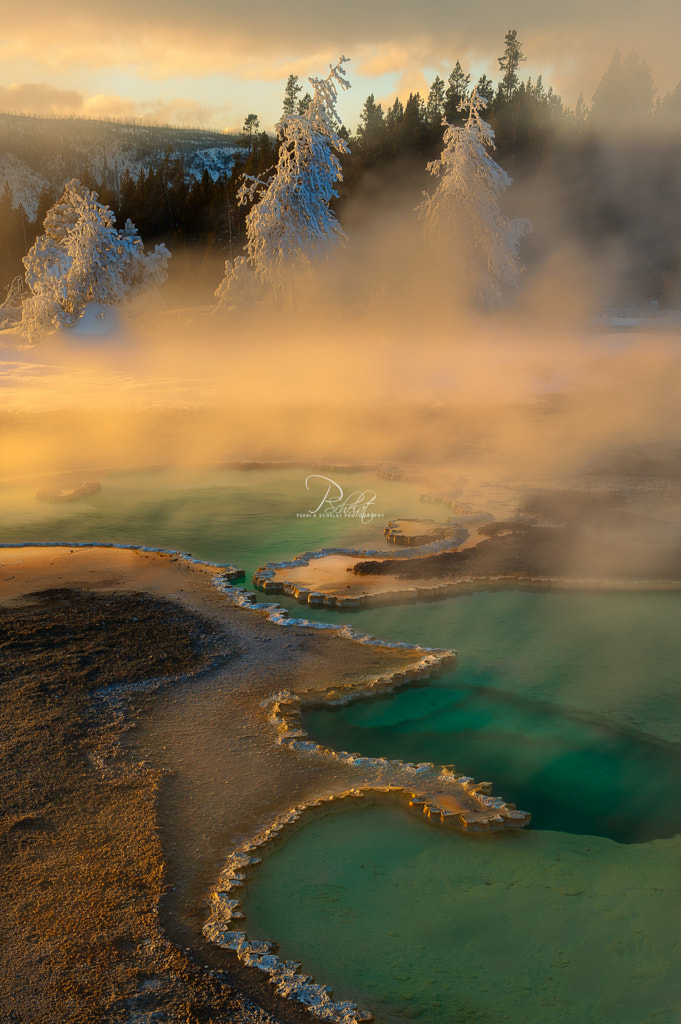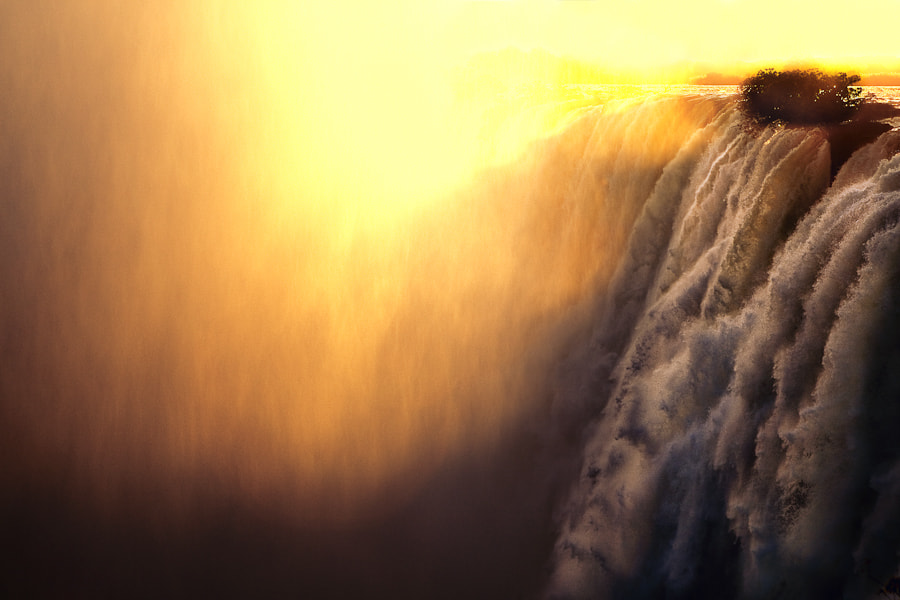For William Henry Jackson in 1870, it was Yellowstone Lake. In 1904, for Edward Steichen, it was a tucked-away pond nestled in the woods at Mamaroneck, New York. For Eliot Porter in 1962, it was the woodlands of New England. For Galen Rowell, it was Half Dome in Yosemite in 1972.
For some of history’s greatest photographers, discovering the perfect landscape turned out to be a defining moment, casting their entire practice in a new light, and opening up unexpected opportunities. Landscape photography inspires us to seek out the most sublime corners of our planet. Sometimes, if we’re lucky, we find ourselves venturing into the unknown, and that moment—the light, the weather, the colors—surpasses our wildest expectations.
We curated this collection of photographs from the 500px community to reveal some of the most exquisite locations on our planet, spanning every continent. From rainforests that drip with fog to blood-red salt lakes and hidden waterfalls, we’ve included places that are famous among photographers, plus some off-the-beaten-path treasures known only to a select few.
Avenue of the Baobabs, Madagascar
“While in Madagascar, I fell in love with these ancient Baobab trees,” Valerie Laney remembers of visiting this natural monument, home to centuries-old baobabs. Early one foggy morning, she spotted these women walking down the legendary dirt road; she asked them to stop, just for an instant, before continuing on their way.
Cradle Mountain National Park, Tasmania, Australia
Hillary Younger captured this autumn sky at dawn in Tasmania’s Cradle Mountain National Park. Cradle Mountain is home to snow-dotted mountains, glacial lakes, and mossy rainforests. In autumn, the endemic nothofagus gunnii explode in color (visible in the foreground of Hillary’s photograph). “Sometimes, deciduous beech or nothofagus gunnii grows low, like a ground cover, hugging rocks, smothering holes, and forming a formidable barrier to anyone intent on walking through,” the artist explains.
Danakil Depression, Ethiopia
Being one of the hottest places on Earth, these sulfurous hot springs are harsh and inhospitable. But, despite the conditions, the area’s beauty continues to draw curious travelers. “Even at the coldest season, it reached almost 40 degrees during the day,” Erez Marom, who leads workshops in the area, says. “The sights were very much worth it, though. We started with several shoots in the Dallol sulfuric acid lakes and salt hills at sunrise and sunset.”
Hoh Rainforest, Washington State, USA
“Hoh Rainforest within the Olympic NP in the US is the wettest place I’ve ever seen and visited,” Sabine Weiss says. She’s right: it’s one of the wettest places in the world, with moss and lichen known to sparkle with fog when precipitation is high. “Walking through this rainforest feels like being in a fairytale,” Sabine reflects.
Kawah Ijen, Indonesia
At the top of this volcano in Java, you’ll discover a crater lake, turned turquoise by the presence of hydrochloric acid. Daniel Kordan visited at sunrise following a two-hour hike. To stay safe from the sulfur gases, he wore a mask, so do the same if you visit. Many travel to Kawah Ijen to see the rare phenomenon of bright blue flames, caused by the combustion of those gasses, visible in the darkness. But even if you don’t see them, it’s worth the early trip to see the sky turn pink over the blue-green lake.
Kochelsee, Bavaria, Germany
Kochelsee or Lake Kochel, situated at the edge of the Bavarian Alps with a stunning mountain view, is a popular destination in summertime, but Viktoria Pezzei chose to photograph it in winter. “My boots would be fully soaked in cold water, fingers would freeze, my nose went red, yet I would have a big smile on my face,” she remembers.
Laguna Colorada, Bolivia
Located close to the Chilean border, this salt lake is known for its red hue and diverse population of flamingos, including the very rare James’ Flamingo. If you go, try photographing it during different seasons (wet and dry) and at various times of day.
“The water looks at its deepest red just before sunset, though seeing the mist rising from the volcanic warm water in the early morning with the Andes and volcanoes in the background is also pretty special,” the travel and nature photographer Ignacio Palacios says.
Lake Tekapo, New Zealand
“Lupins on Lake Tekapo are truly a sight to behold,” the photographer Christian Lim admits. To make this picture, he waited until the harsh sun faded and softened into a pale pink. He visited in November, the best time to see the flowers in bloom. He also has a tip for avoiding the crowds of tourists during sunset, a busy time of day for visitors: “Head to the left side of the lake far from the church, or towards Alexandrina instead.”
Lemaire Channel, Antarctica
Located between the Antarctic Peninsula and Booth Island (the latter appears in the background of this photograph by David Merron), Lemaire Channel is known for its calm, glassy waters—perfect for reflections. David, a photography guide to the polar regions, has photographed this narrow channel in all conditions, including when sunset illuminates the skies in fiery hues.
Marble Caves, Chile
Near the small town of Puerto Rio Tranquilo, Chilean Patagonia, you can discover these marble caves, carved by nature thousands of years ago. The blue tones will transform based on the weather and the light, with the reflection in the water bringing out the richest of hues. “This place is amazing; the routes to get there are beautiful, and the color of the water is tremendous,” Julieta Distasio explains [translated from the original Spanish].
Mount Huangshan, China
Huangshan, or the Yellow Mountains, in Anhui province is a UNESCO World Heritage site, recognizable for its twisted pines and granite peaks. Long frequented by landscape artists before the invention of the camera, it’s no wonder photographers have flocked to this dramatic destination. “You wouldn’t believe the epic journey of 50km on foot through icy steps and freezing temperatures,” Joel Santos remembers of his journey. “It was worth every second.”
Rio Celeste, Costa Rica
“The amazing magical blue of Rio Celeste at Tenorio National Park is actually an optical illusion,” the wildlife and conservation photographer Chris Jimenez says. “The sunlight refracts off of this suspended mineral in the water and appears blue to our eyes.” The water appears to be so blue, in fact, that according to one legend, the gods dipped their paintbrushes into the river after painting the sky. To get the most out of those radiant blues, opt for the dry season, as rainfall can dull the color.
Selvallafoss, Iceland
We learned about Selvallafoss, or Sheep’s Waterfall, in West Iceland through Signe Fogelqvist, who happened upon it accidentally. “This is actually just a fraction of the whole waterfall,” the artist says. Known as a “hidden waterfall,” this spot isn’t located on many maps, and it’s not clearly visible from the road.
Nestled between Selvallavatn lake on one side and picturesque mountains on the other, Selvallafoss has three main cascades. To get that ethereal misting effect, try photographing it using a longer exposure.
Upper Geyser Basin, Yellowstone National Park, USA
Doublet Pool in Yellowstone’s Upper Geyser Basin is identifiable by its delicate, scalloped edges and deep blue hue. Perri K Schelat photographed the area on a February day, as temperatures plunged to -10 degrees. “The ethereal atmosphere of steam and cold is hard to beat,” she says. Just one word of caution: beware of condensation, and protect your gear from the elements.
Victoria Falls, Zambia
Victoria Falls or Mosi-oa-Tunya is situated along the course of the Zambezi River at the border between Zambia and Zimbabwe. Mario Moreno created this photograph at sunset from the Zambian side. Due to the heavy spray and mist, which can be seen from 30 kilometers away, you can often find rainbows arching over the falls, depending on where the sunlight falls.
In conclusion
With many of the world’s natural landscapes in crisis, the responsibility of today’s landscape photographer is two-fold. First, be a voice for the environment, and second, leave places better than when you found them.
Do your research before visiting a location, and consider ways to give back locally while you’re there. That could mean volunteering with a conservation project, participating in a clean-up, or donating a portion of your print sale proceeds to a local cause.
Overtourism continues to be an issue in some places, so think about overlooked landscapes you can photograph close to home. If you do visit (or discover) a remote or little-known location, consider skipping the geotag and keeping the location private for its protection.
This roundup offers a point of departure, but there are hidden treasures everywhere, waiting to be discovered.
Not on 500px yet? Sign up here to explore more impactful photography.
The post 15 places every landscape photographer should add to their bucket list appeared first on 500px.
